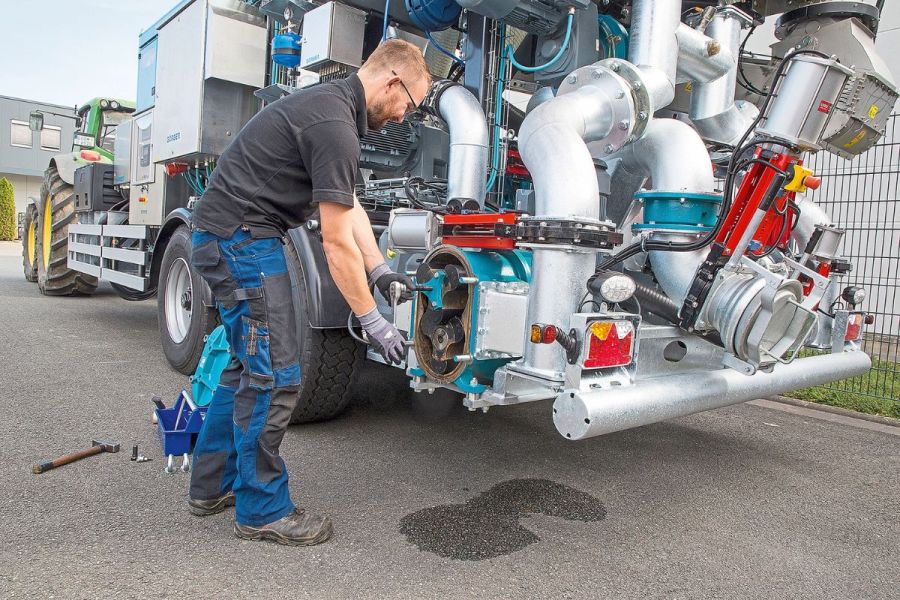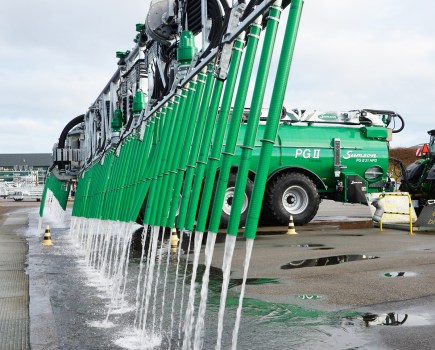A rotary lobe pump is a bit of an exotic find in the UK and Ireland, only tending to be used for more specialist applications due to a preference for vacuum. Our German counterparts, however, like to do things differently. This is their two-fold ‘lobe’ article: it explains how the pumps work and, secondly, how to fix them when they go wrong.
Rotary lobe pumps are made by a number of firms and can be found in various types of slurry handling kit. The so-called Blueline models from Börger are just one example and come in 25 different sizes with outputs of 1 to 1,450m³/hr. The maximum pump pressure of the smaller pumps is 16 bar. The larger the pump, the lower this stat is, with the largest models having a maximum of 6 bar. For agricultural use, pressures of more than 3 bar are rarely reached.
Straightforward design
The pumps’ actual design is relatively simple: two intermeshing, rotating pistons feed the liquid through the spaces between them and around the outside of the housing to the outlet. Each piston has two or three lobes that can be straight or slightly twisted. The latter produce less pulsation at high speeds, whereas the pumps with straight lobes are somewhat easier to overhaul.
Depending on what the pump is being used for, the pump pistons are either completely rubber-coated with replaceable wear strips or made out of stainless steel (though these latter ones tend to be used in more specialist applications in the chemical industry). An intriguing feature of the Börger pumps is the important fact that only one end of the shaft is mounted in a bearing, but more on this design later.
Detecting signs of wear
Let’s first look at possible signs of wear. Usually, the first sign of wear is a drop in overall pump performance caused by wear on the rotary pistons or the sealing strips. This creates a gap in the housing, resulting in a loss of pressure.
For more up-to-date farming news and reviews click here and subscribe now to profi for just £3.99 an issue.






